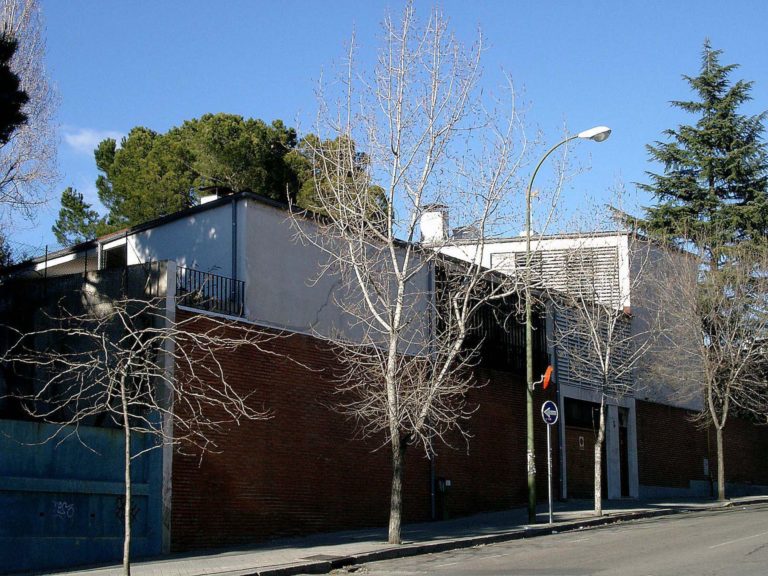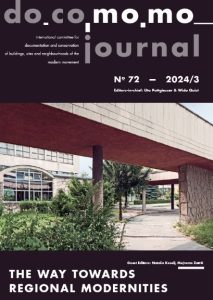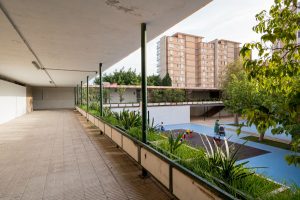Abstract
The leading figure of Erich Mendelsohn has been the subject of extensive and in-depth researches, both for his importance as an architect as for his role in the history of modern design. Conversely, not much has been written on his background, his thinking and “what we could define” his intellectual world. It is therefore very interesting analyzing what lies behind his projects and investigating the `¡”connection between human and artistic values”. The thesis hence begins with looking into his childhood, in a Jewish family integrated into the Prussian-German culture and located in Allenstein. This peculiar enclave is key in the development of the well-established personality of an “integrated dissenting” or -as he defined himself- an “Eastern German”. After giving up university twice (International Trade and Law), the young Erich settles for studying Architecture, against the will of his parents, and answering his personal doubts that were leading him towards studying painting. He studies Architecture in Berlin and then in Munich. In both cities, he gets in touch with the art establishment and its leading personalities, following his artistic interests while pursuing his university degree. His sentimental relationship with the violoncellist Luise Maas, which will soon become his wife, is his gateway to the contemporary art scene as well as the one to the high bourgeoisie. This sociocultural environment shapes his first artistic reflections and architectural projects. While supremely confident in his artistic skills, the young Mendelsohn starts building his intellectual world’s roots: he interprets Lessing, Nietzsche and Buber’s writings; he explains Hildebrand and studies Worringer and Cohn-Wiener. These readings and the travels undertaken in between 1913 and 1914 affect his ideas on monumental architecture and concrete. In this period, he begins drawing: a creative process, which has its outburst in the summer of 1917, when facing the threats of war in the trenches. In the same period, he develops his theory of “architectural revelations, a process that will follow him throughout his life and that will soon translate into a real life construction: the Einstein Tower, an institute dedicated to the relativity theory for his friend Erwin Freundlich. The path from the architect’s conception to the final execution will take 3 years. During this time, Mendelsohn will go through not less than six design phases in order to find a solution to express the construction’s purpose through its shape and the adequate material (it seems made of concrete but it is built with of a mixture of bricks and concrete). In 1920 the Einstein Tower is finally built, an emblematic work for the history of modern architecture. At the same time, the Tower represents a milestone in both the architect’s professional and personal life. This construction ushered his instant career while closing his first creative phase: it is a considerably different work compared to those the architect will realize later on. This is the reason why the reception of the Einstein Tower in literature has been different in each moment and has been directly connected to the changing evaluation of Erich Mendelsohn’s overall work.
Access the thesis











